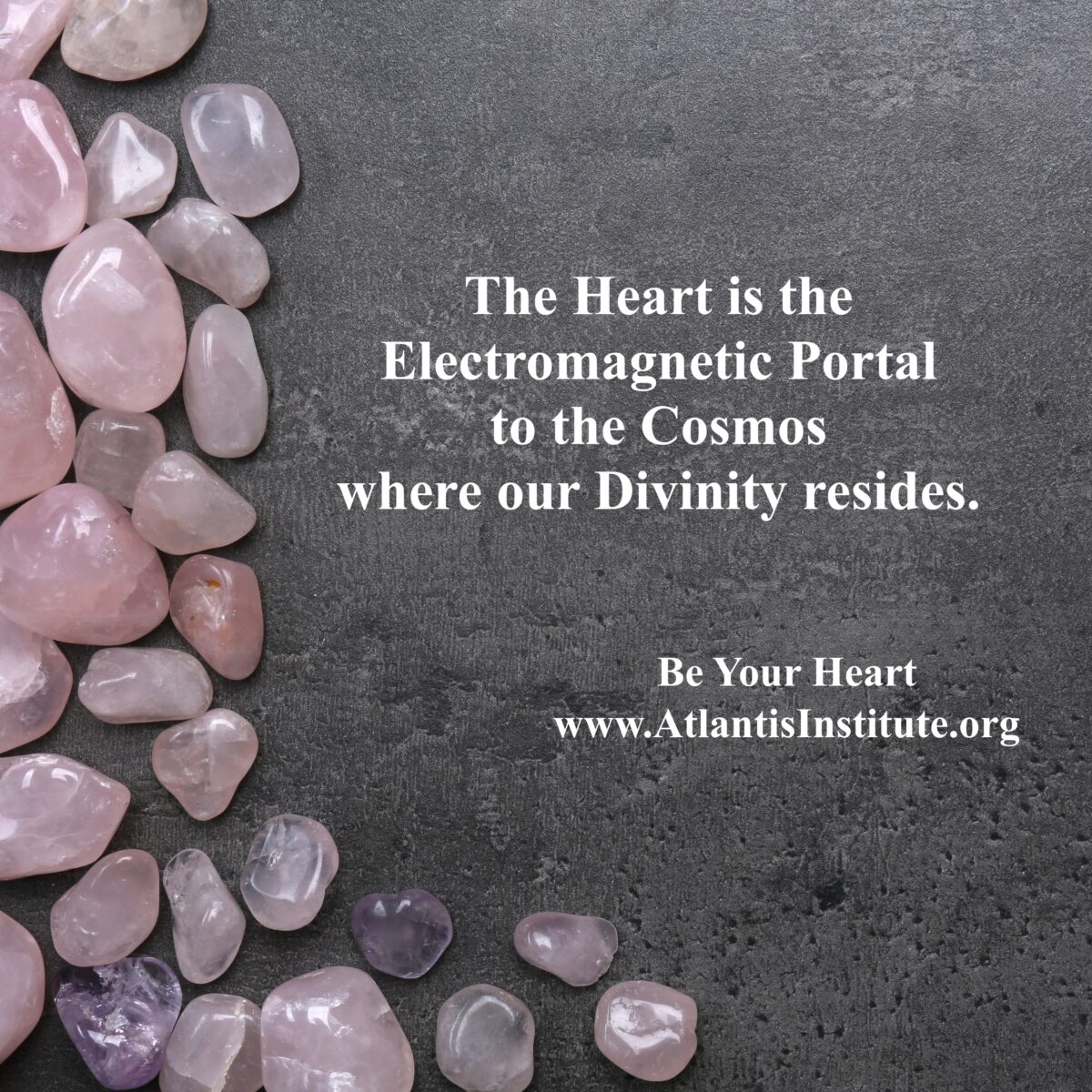In a beautifully sun lit, golden morning room in the opulent setting of the Lyrath Hotel in Kilkenny I am I the midst of a really interesting conversation with David Ellis. We are discussing the core of true being which is referred to as connection to source.
What is Connection to Source?
So, what is connection to source? I ask. “Source is the energy flow of the Universe. You may hear me talk about the Universal flow of energy, the energy that’s all around us. The matrix that permeates our being; that is our source.” David explains. “In the Catholic tradition, a connection to source would have been a connection to Jesus as Jesus is the head of the Catholic Church. Buddhist tradition would be Buddha or in Hindu tradition it would be Deva. In other words; God. This of course, none of these Deities is God. God is the source energy that is everything, everyone. There is no title for what is, but we refer to that as God, I refer to it as Source or Creation.
If you can imagine that we are sitting here now and we are breathing, yet we cannot see what we are breathing nor can we live without the breath. We are breathing in a source of energy, and that air that we are breathing carries within it energy called Prana; Prana is the universal principle of energy or force. It is the sum total of all energy that is manifest in the universe, all the forces in nature and powers which are hidden and unhidden and lie everywhere around us. Source energy is the universal god energy, the energy of creation. When we connect in with source or creator, we are connecting into our God self.
Connecting To God Like Self
Let’s go deeper; so what is connecting to God-Like self? “Somebody had to create us and it wasn’t our parents; it was a bigger power, a bigger force of energy that was behind our creation. That entity, whoever, whatever that is, is our creator, our Source, our God.
If our creator then, is there-fore God, then we must be part of that God so therefore we are all God in embryo here on the planet. So when we connect into our inner self we connect with God, and we must also remember we are all part of Oneness. We are all part of that One energy that forms the Matrix of One.”
If we are part of God, then why would we have to connect with him? Ah, that is a great question. “It’s called the ego. The egotist self is the separation to God.
The Ego
 The ego is interesting.” David reflects. “The ego is both good and bad. We cannot live on the planet without the Ego, but it is child like in its approach, not dissimilar to a young spoiled child who if not Loved and Managed correctly, will become out of control and as the ego grows up it becomes delinquent and as it gets older again, it becomes troublesome for self and others as the ego is now fully in charge of their needs and life.
The ego is interesting.” David reflects. “The ego is both good and bad. We cannot live on the planet without the Ego, but it is child like in its approach, not dissimilar to a young spoiled child who if not Loved and Managed correctly, will become out of control and as the ego grows up it becomes delinquent and as it gets older again, it becomes troublesome for self and others as the ego is now fully in charge of their needs and life.
Interestingly, according to Sigmund Freud, the Ego has three parts of the physic apparatus that form the human physic, these parts are the Id, the Ego and the Super Ego.
We are not born with the ego, but we are born with the Id. The following is an outline to the three strands of the human physic [1]:
The id (or it)
The id is the primitive and instinctive component of personality. It consists of all the inherited (i.e. biological) components of personality present at birth, including the sex (life) instinct – Eros (which contains the libido), and the aggressive (death) instinct - Thanatos.
The id is the impulsive (and unconscious) part of our psyche which responds directly and immediately to the instincts.
The personality of the newborn child is all id and only later does it develop an ego and super-ego.
The id remains infantile in it's function throughout a persons life, and does not change with time or experience, as it is not in touch with the external world. Id is not affected by reality, logic or the everyday world, as it operates within the unconscious part of the mind.
The id demands immediate satisfaction and when this happens we experience pleasure, when it is denied we experience ‘unpleasure’ or tension.
On the contrary, it operates on the pleasure principle (Freud, 1920) which is the idea that every wishful impulse should be satisfied immediately, regardless of the consequences.
The id engages in primary process thinking, which is primitive, illogical, irrational, and fantasy oriented. This form of process thinking has no comprehension of objective reality, and is selfish and wishful in nature.
The Ego (or I)
The ego is 'that part of the id which has been modified by the direct influence of the external world.'
(Freud [1923], 1961, p. 25)
The ego develops in order to mediate between the unrealistic id and the external real world. It is the decision making component of personality. Ideally the ego works by reason, whereas the id is chaotic and totally unreasonable.
The ego operates according to the reality principle, working out realistic ways of satisfying the id’s demands, often compromising or postponing satisfaction to avoid negative consequences of society. The ego considers social realities and norms, etiquette and rules in deciding how to behave.
Seeking Pleasure
Like the id, the ego seeks pleasure (i.e. tension reduction) and avoids pain, but unlike the id the ego is concerned with devising a realistic strategy to obtain pleasure. The ego has no concept of right or wrong; something is good simply if it achieves its end of satisfying without causing harm to itself or to the id.
Often the ego is weak relative to the headstrong id and the best the ego can do is stay on, pointing the id in the right direction and claiming some credit at the end as if the action were its own.
Freud made the analogy of the id being a horse while the ego is the rider. The ego is 'like a man on horseback, who has to hold in check the superior strength of the horse.'
(Freud, 1923, p.15)
If the ego fails in its attempt to use the reality principle, and anxiety is experienced, unconscious defence mechanisms are employed, to help ward off unpleasant feelings (i.e. anxiety) or make good things feel better for the individual.
The ego engages in secondary process thinking, which is rational, realistic, and orientated towards problem solving. If a plan of action does not work, then it is thought through again until a solution is found. This is known as reality testing, and enables the person to control their impulses and demonstrate self-control, via mastery of the ego.
The Superego (or above I)
The superego incorporates the values and morals of society which are learned from one's parents and others. It develops around the age of 3 – 5 during the phallic stage of psychosexual development.
 The superego's function is to control the id's impulses, especially those which society forbids, such as sex and aggression. It also has the function of persuading the ego to turn to moralistic goals rather than simply realistic ones and to strive for perfection.
The superego's function is to control the id's impulses, especially those which society forbids, such as sex and aggression. It also has the function of persuading the ego to turn to moralistic goals rather than simply realistic ones and to strive for perfection.
The superego consists of two systems: The conscience and the ideal self. The conscience can punish the ego through causing feelings of guilt. For example, if the ego gives in to the id's demands, the superego may make the person feel bad through guilt.
The ideal self (or ego-ideal) is an imaginary picture of how you ought to be, and represents career aspirations, how to treat other people, and how to behave as a member of society.
The Ideal Self
Behaviour which falls short of the ideal self may be punished by the superego through guilt. The super-ego can also reward us through the ideal self when we behave ‘properly’ by making us feel proud.
If a person’s ideal self is too high a standard, then whatever the person does will represent failure. The ideal self and conscience are largely determined in childhood from parental values and how you were brought up.
The ego lives in fear of annihilation, it wants to survive and needs to survive and therefore creates the separation between self and our Source. The ego will create any illusion for us to make that separation, including, drugs, alcohol, sex and a host of addictions, also with other dark lifestyles that will keep us in the dark.
In order to ensure we remain in that connection, we need to consider what we do in our lives, what brings us closer to our Divinity and what moves us further from our Divinity.
Connection Into Source
Connecting into Source consciously on a regular basis is so important. Those connects can be make through the medium of Meditation, spending time in nature and paying attention to that nature, doing acts of kindness for others without the expectation of a return favour.
When we spend time in connection, we connect to within, we connect to our Heart, we connect to our Creator and we can learn so much in that state and all kinds of magic happens.”
As David is explaining, I think of the illustration of the angel and the devil on each shoulder. “It’s a good analogy to be honest.” David remarks. “if the ego gives in to the id's demands, the superego may make the person feel bad through guilt” so yes, within your mind you have the Good Angel and Bad Angel hypothesis.
This all brings us back to the point to our connection to source as once we move out of our head and into our heart and we leave the ego to manage the head stuff without any reins, then we live solely in the heart and solely in truth and we are in that connected place. Once we are living our truth and from our Heart, we are fully connected to Source.
Eileen McCabe
Reference
[1] McLeod, S. A. (2016). Id, Ego and Superego.
















